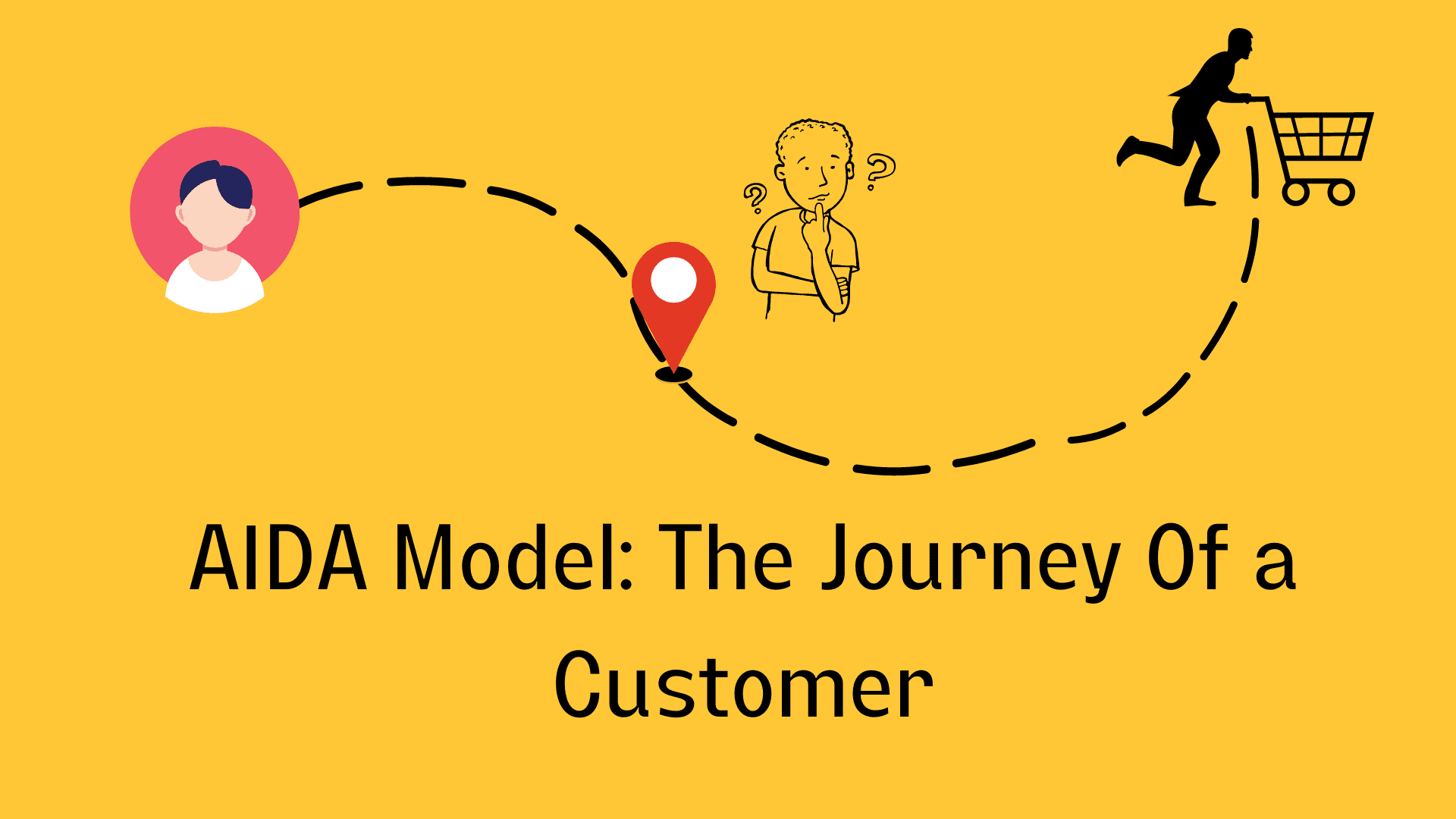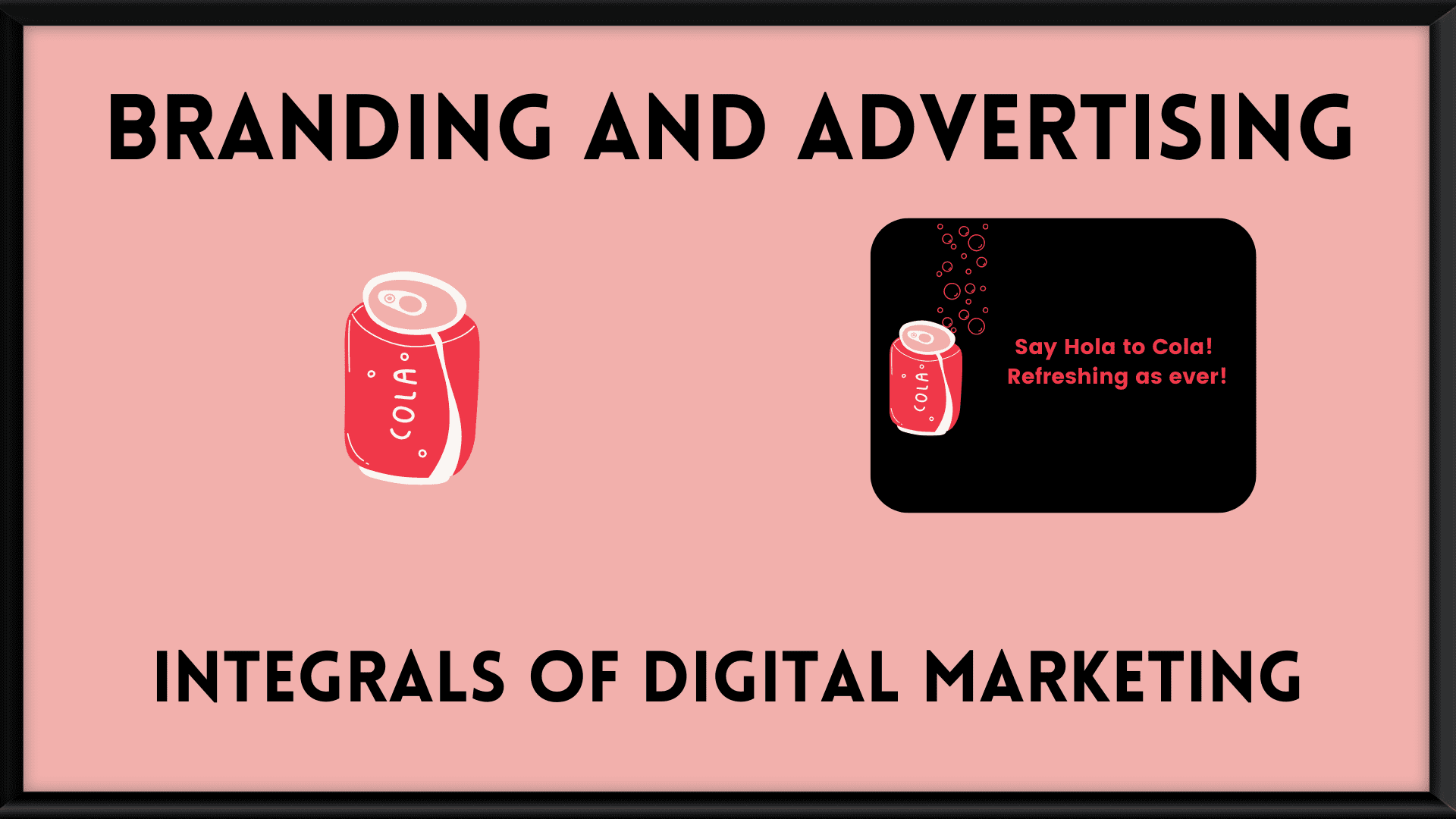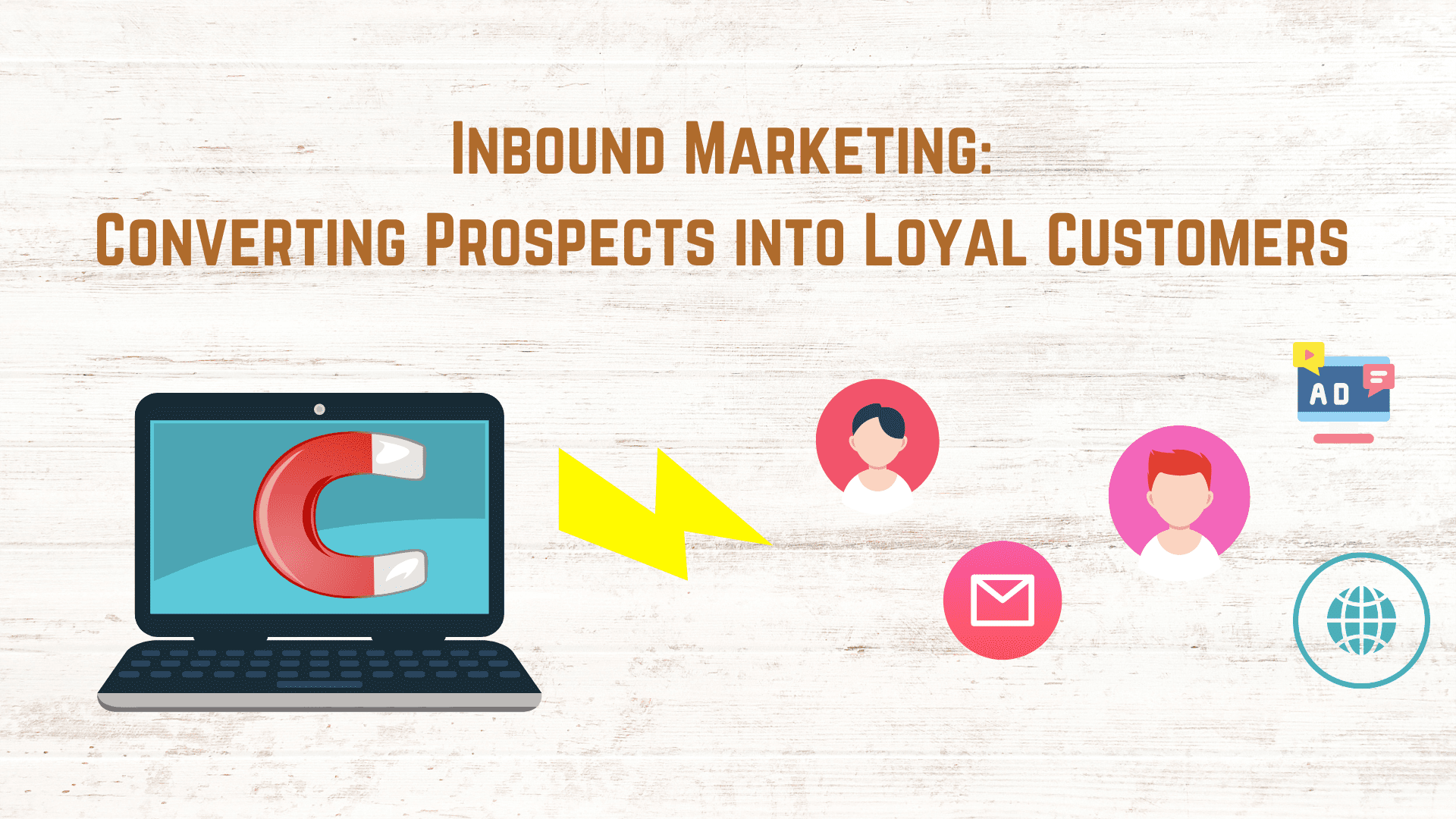

- Introduction
- AIDA Model
- Attention
- Interest
- Desire
- Action
- Modified Table
- Retention
- Targeting
- Conviction
- Satisfaction
- Conclusion
The AIDA model is a marketing model that marketers still use on a day-to-day basis. It helps marketers to plan an effective communication marketing strategy. The model helps marketers to understand the different stages a customer goes through before purchasing a product or service.
The AIDA Model was invented in the 19th century to increase sales but later on, became a part of marketing.
AIDA Model: What is it?
The AIDA Model stands for Attention, Interest, Desire and Action. These are the four stages a consumer goes through before a consumer purchases a product or service.
The AIDA Model is considered the hierarchy of effects, a consumer should go through all four stages to complete the action of purchasing a product or service.
A good and successful advertisement is considered if the advertisement captures a person’s attention, is interested in the product and keeps buying it.


AIDA Model1) Attention: Marketers have to decide how to make customers aware of the product or service. It can be through TV commercials, Social Media marketing, etc.
2) Interest: Once the customer is aware of the product or service, you must keep them interested. It can be through by telling them about the benefits and features of the product or service. To generate interest in the user’s mind make sure that your communication is simple and easy to read. The advertisement should be appealing and it should be relevant to your target market. You can also create personalized messages for your target audience. According to a study, Businesses improved by 10% due to personalization. Personalized messages make your target audience feel important.
3) Desire: Once the customer is interested in the product. They will start researching the product: the quality, quantity or variety, benefits, uses, etc. This is a perfect chance for marketers to persuade them by telling them why they need this specific product, what value will it bring, etc.
4) Action: The main goal of a marketing campaign is to make the customer purchase something. The advertisement should have a CTA (Call-to-action) like Buy now, Download a brochure, etc. A good advertisement should have a sense of urgency so that consumers take action immediately.
Once the person desires to buy the product. Then, the action takes place.
For example, a person shopping online adds items to the cart and finally purchases the product.
Brands can use the AIDA model to curate messages for every stage. Curating messages at every stage will help you to target your customers and send them to the next stage.
As this model was invented many years ago, it has been modified and expanded. Let’s see what all has been added to the model.
Modified Model
- Retention: After your customers purchase from you, you want them to keep purchasing from your brand.
- Targeting: Marketers can target certain people depending on the data that is collected. Marketers can target certain devices, a certain age group, etc.
- Conviction: People have doubts about purchasing products or services. Therefore, brands can offer free trials, and small packets for customers to try the product or service. For example, Netflix gives a free trial for a month.
- Satisfaction: After customers purchase your product, you want them to be satisfied. To make sure your customers are satisfied it’s important to have a good customer support team as they can solve complaints. It’s important to listen to your customers as it will help you to improve your business.
In conclusion, Even though it was invented thousand years ago it’s still relevant today. As this model is simple to understand, marketers can use it in their businesses to improve their overall brand.



